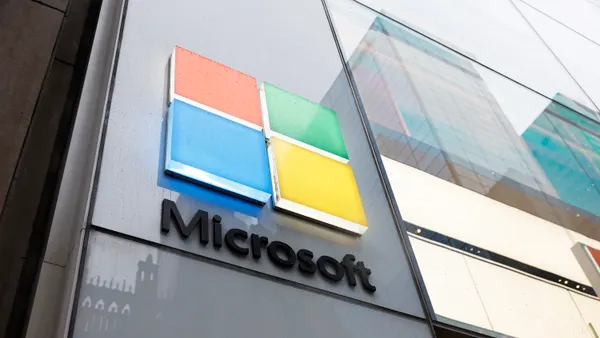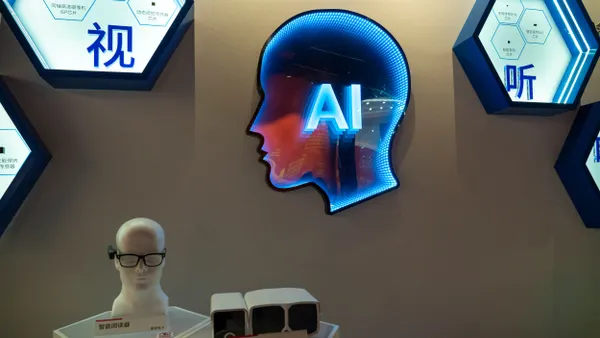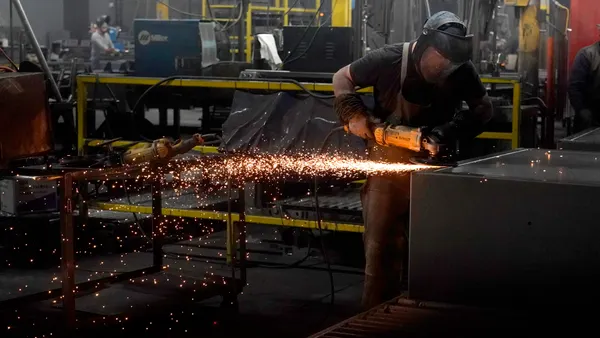In August, LinkedIn rolled out Diversity Nudges, a tool they say will help recruiters improve representation in their talent searchers. For example, someone hiring an electrical engineer, a traditionally male-dominated field, could get a Diversity Nudge suggesting that they add things like data analysis and analytical skills to the posting so more women are included in a candidate search.
While the tool is new, the concept of diversity nudges is not, said Rachael McCann Jones, senior director and global DEI solutions leader at WTW. Organizations are changing how they’re recruiting and posting jobs to make sure they don’t miss out on candidates because of antiquated biases, she said, whether those biases are intentional or not.
Technology can stop candidates from stopping themselves
LinkedIn said it hopes its new tool will address a problem they found in their own research: that 77% of talent professionals say diversity is very important to the future of recruiting, but 47% believe hiring managers aren’t held accountable when it comes to interviewing a diverse selection of candidates.
To address the problem, hiring managers can revisit job descriptions and look at specific terms and words that may not be inclusive, said McCann Jones.
That could be re-thinking criteria like years of experience and types of experience, which might push candidates into “self-selecting” out, she said. That way, your perfect candidate who has an associates degree plus 20 years of relevant experience won’t pass on your listing because of a bachelor’s degree requirement.
Looking at specific terms should be part of this process, too. For example, women are less likely to apply for jobs whose descriptions include traditionally masculine terms like “aggressive,” “fearless,” and “self-sufficient,” according to a University of Waterloo and Duke University report.
Alexé Weymouth, director of DEI at Booz Allen, said the company uses an AI tool on their job postings to “weed out gendered terms” and other things that would likely encourage men to apply but maybe lessen the chances that women or historically marginalized communities apply.
A DEI approach to job listing is just the start
Taking a DEI approach to who is reading and reviewing resumes, and selecting who to bring to the next stage of the recruiting process, is also critical, said McCann Jones. That includes work done internally, externally and by recruiters to make sure their biases, even if unconscious, aren’t pushing them to nix candidates who may have gaps in their work history, non-traditional backgrounds or come from a culture or group the hiring person doesn’t personally know. “What guidance are they being given so they’re not unintentionally excluding candidates who might be a good fit?” McCann Jones said.
Nudges can be deployed to make sure all these things are happening, she added, so that someone doesn’t stop forgetting to check where posts are going or that the same group of people aren’t on every interview panel. It may become second nature, but reminders ensure that things like including employees with different backgrounds and work experience, and at different stages in their careers, on these interview panels becomes standard practice.
Nudging for DEI recruiting only works with executive commitment
But nudges alone also can’t create the kind of top-down DEI commitment that makes equitable recruiting translate to more than just finding more people to interview.
“Requiring training in general becomes a thing you have to do and check the box while doing something else. It doesn’t fundamentally change your behavior,” said Weymouth. “If you really want DEI to work…that should be shared on the shoulders of everyone, not just within the human resources” team.
But that’s also why a commitment to DEI, in tandem to using technology like AI to strip limiting terms from job listings as part of the recruiting workflow, can be a catalyst to company-wide change. “You start through the process of recruitment and how you evaluate through annual assessments and the review process,” Weymouth said. “You can knit DEI into every other part of the organization, and that’s when you start to see system change.”












